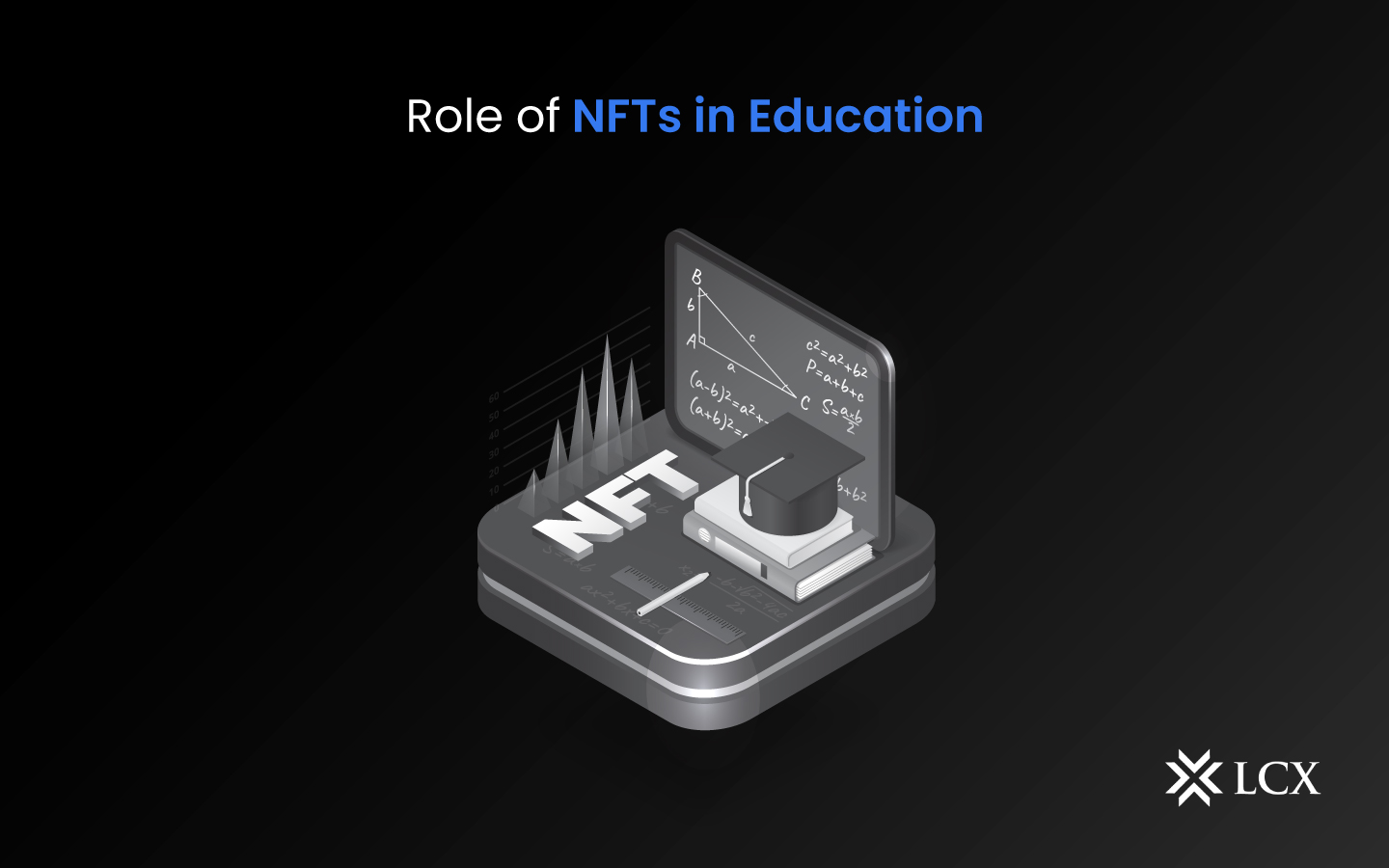What is regenerative finance (ReFi) and how does it affect NFTs and Web3?

In many countries, millions of people lack basic fair access to the financial services that would allow them to meet their daily needs.
On this week’s episode of NFT Steezhosts Alyssa Expósito and Ray Salmond join Mashiat Mutmainnah to discuss how regenerative finance (ReFi) can bring more accessibility and inclusion to blockchain technology.
Mutmainnah explained that as a “mission-driven movement”, ReFi enables users to redefine their relationship with the current financial system and their relationship with finance and wealth.
What if there were newer models that could sustainably alleviate this? According to Mutmainnah, ReFi can redefine what money means and how it is used.
What is the impact of ReFi?
Mutmainnah emphasized that ReFi aims to raise awareness of how the current financial systems operate in an “extractive” and “exploitative” manner. She also made a comparison to fast fashion, explaining that what enables a consumer to buy a $5 shirt comes at the expense of a child laborer.
These “mining” systems no longer work for humans, and a core of ReFi is fair availability and distribution.
Mutmainnah explained that ReFi is often seen as synonymous with climate, and although it is a pillar, ReFi has enabled “tangible and accessible use cases”. Users can “plug in” and participate in models and systems that can increase their overall prosperity and the prosperity of the ecosystem.
Therefore, ReFi can be considered a way to triangulate elements of sustainability by “stabilizing” the climate and “biodiversity”, while maintaining equitable access in global societies. This has the potential to create new economic models and systems that can increase prosperity.
As Mutmainnah put it:
“ReFi helps people change the way they relate to money.”
Related: NFT Steez and Lukso co-founders explore implications of digital self-sovereignty in Web3
Can Web3 and NFTs be used for social and public good?
Asked whether non-fungible tokens (NFTs) could be used for the social and public good, Mutmainnah referred to a pilot program involving a “loyalty NFT reward program.” Similar to Starbucks’ recent NFT loyalty program, Mutmainnah explained how a similar scheme could provide positive and sustainable benefits.
For example, imagine buying an NFT that gives the holder one free coffee for 10 days. In these models, NFTs can provide more economically feasible benefits than purchasing the item, while increasing awareness of the item or service.
Contrary to the hype and speculation circulating NFTs in 2021, more creators and platforms are expanding and exploring practical use cases from peer-to-peer and peer-to-business initiatives.
However, that doesn’t mean adoption is always easy. According to Mutmainnah, there are many “infrastructure pieces” to explore beyond NFTs, including building out more dynamic products that enable this.
Mutmainnah explained that there is a kind of dance between “making a product frictionless” for seamless adoption and empowering the user to be an “advanced” user who takes full “ownership of their assets.”
To hear more from the conversation, tune in and listen to the full episode of NFT Steez on Cointelegraph’s new podcast page or on Spotify, Apple Podcasts, Google Podcasts, or TuneIn.

























